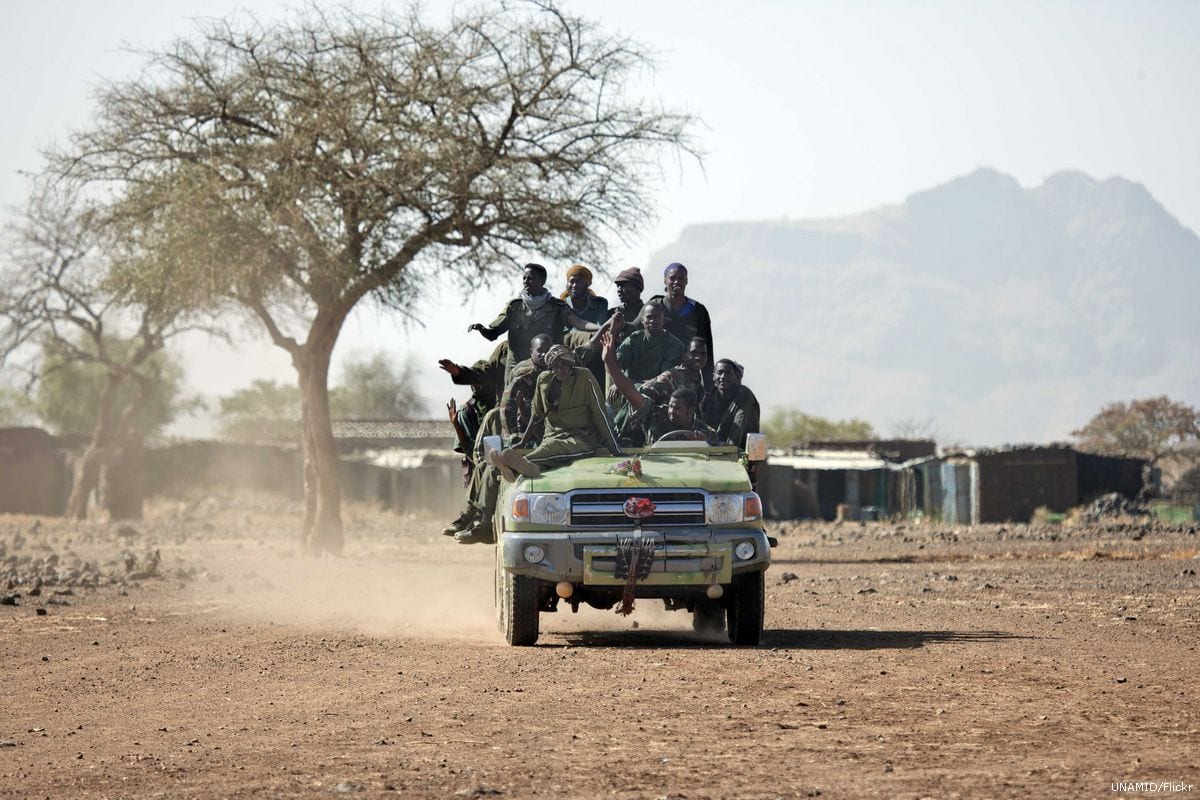
Why has the Sudanese-Eritrean border conflict persisted for so long? The Sudanese-Eritrean border conflict has deep roots in historical, political, and ethnic tensions. Colonial legacies left arbitrary borders that didn't respect ethnic groups, causing friction. Political instability in both nations has fueled the conflict, with each side accusing the other of supporting rebel groups. Resource competition over fertile land and water sources adds another layer of complexity. Ethnic divisions and alliances further complicate peace efforts. International involvement often exacerbates tensions rather than resolving them. Understanding these factors is crucial to grasping why this conflict remains unresolved.
Key Takeaways:
- The Sudanese-Eritrean border conflict stems from historical colonial borders, geopolitical interests, and has led to humanitarian crises, but recent efforts show cautious signs of improvement.
- The conflict has caused displacement, limited access to necessities, and human rights abuses, but peace talks, regional forums, and international pressure offer hope for resolution.
Historical Background
Understanding the Sudanese-Eritrean border conflict requires a look at the historical context. This region has seen numerous disputes and shifting alliances over the years.
- The border between Sudan and Eritrea was drawn during the colonial era by European powers, which often ignored ethnic and cultural boundaries.
- Eritrea was an Italian colony from 1890 until World War II, while Sudan was under British-Egyptian rule.
- After World War II, Eritrea was federated with Ethiopia, leading to decades of conflict and eventually Eritrean independence in 1993.
- Sudan gained independence from British-Egyptian rule in 1956, but internal conflicts and civil wars have plagued the nation since.
Key Events
Several key events have shaped the Sudanese-Eritrean border conflict. These events have had lasting impacts on the region's stability.
- In 1994, Eritrea accused Sudan of supporting Islamist insurgents within its borders, leading to heightened tensions.
- By 1995, Eritrea had closed its border with Sudan, citing security concerns.
- In 1998, Eritrea and Ethiopia went to war, and Sudan's support for Ethiopia further strained relations.
- A peace agreement between Eritrea and Ethiopia in 2000 did little to ease tensions with Sudan.
- In 2006, Sudan and Eritrea signed an agreement to normalize relations, but mistrust lingered.
Geopolitical Interests
Geopolitical interests play a significant role in the conflict. Both nations have strategic and economic reasons for their actions.
- The Red Sea coastline is a critical strategic asset for both countries, influencing their military and economic policies.
- Sudan's support for various rebel groups in Eritrea has been driven by a desire to weaken its neighbor.
- Eritrea has similarly supported Sudanese rebel groups to destabilize Sudan.
- Both nations have sought alliances with regional powers like Egypt and Saudi Arabia to bolster their positions.
- The conflict has also attracted the attention of global powers, including the United States and China, due to the region's strategic importance.
Humanitarian Impact
The conflict has had severe humanitarian consequences for the people living in the border regions.
- Thousands of people have been displaced due to the fighting, leading to refugee crises in both countries.
- Access to basic necessities like food, water, and healthcare has been severely limited in conflict zones.
- Human rights organizations have documented numerous abuses, including forced conscription and torture.
- The conflict has disrupted agricultural activities, leading to food shortages and economic hardship.
- Efforts by international organizations to provide aid have often been hampered by ongoing violence and political instability.
Attempts at Resolution
Various attempts have been made to resolve the conflict, with varying degrees of success.
- The African Union has mediated several peace talks between Sudan and Eritrea, though lasting peace remains elusive.
- In 2018, Sudan and Eritrea agreed to reopen their border, signaling a potential thaw in relations.
- Both nations have participated in regional forums like the Intergovernmental Authority on Development (IGAD) to address their differences.
- International pressure, including sanctions and diplomatic efforts, has aimed to bring both sides to the negotiating table.
- Grassroots peace initiatives by local communities have also played a role in reducing tensions.
Current Status
The current status of the Sudanese-Eritrean border conflict remains complex and fluid.
- As of 2023, relations between Sudan and Eritrea are cautiously improving, but underlying issues persist.
Understanding the Sudanese-Eritrean Border Conflict
The Sudanese-Eritrean border conflict is a complex issue rooted in historical, political, and social factors. Both nations have experienced tensions due to territorial disputes, ethnic differences, and political alliances. These conflicts have led to significant humanitarian crises, affecting countless lives on both sides of the border.
Efforts to resolve the conflict have seen mixed results. Diplomatic negotiations, peace agreements, and international interventions have all played roles in attempting to bring stability to the region. However, lasting peace remains elusive.
Understanding the nuances of this conflict is crucial for anyone interested in global politics or humanitarian issues. By learning about the history and current state of the Sudanese-Eritrean border conflict, we can better appreciate the challenges faced by those living in the region and the importance of continued efforts toward peace and stability.
Frequently Asked Questions
Was this page helpful?
Our commitment to delivering trustworthy and engaging content is at the heart of what we do. Each fact on our site is contributed by real users like you, bringing a wealth of diverse insights and information. To ensure the highest standards of accuracy and reliability, our dedicated editors meticulously review each submission. This process guarantees that the facts we share are not only fascinating but also credible. Trust in our commitment to quality and authenticity as you explore and learn with us.
